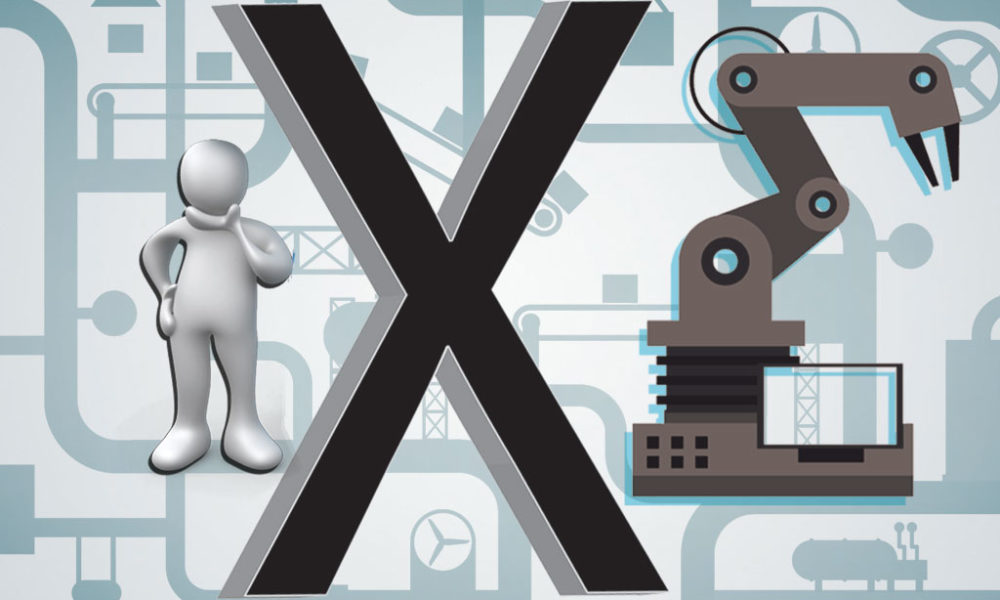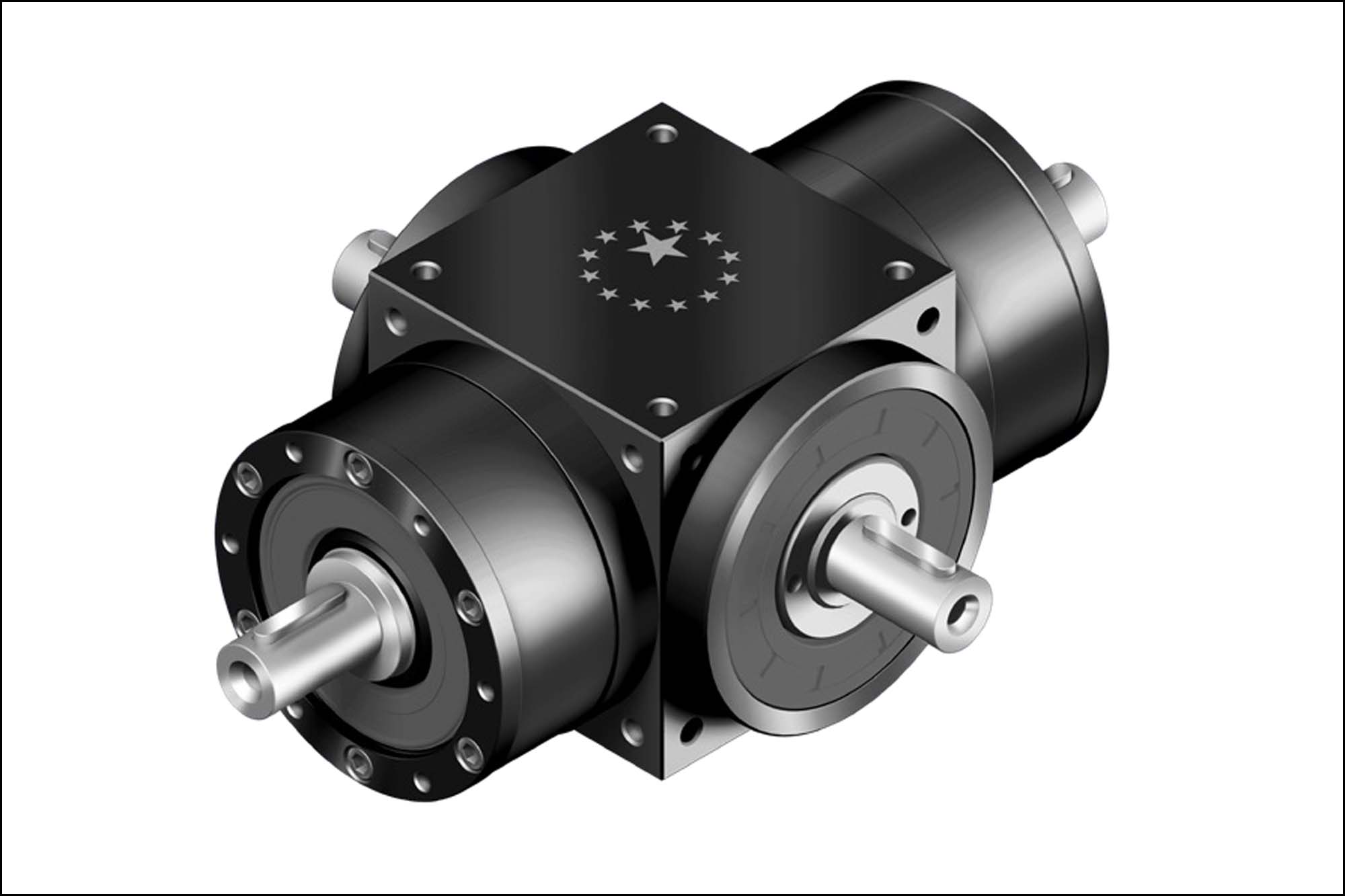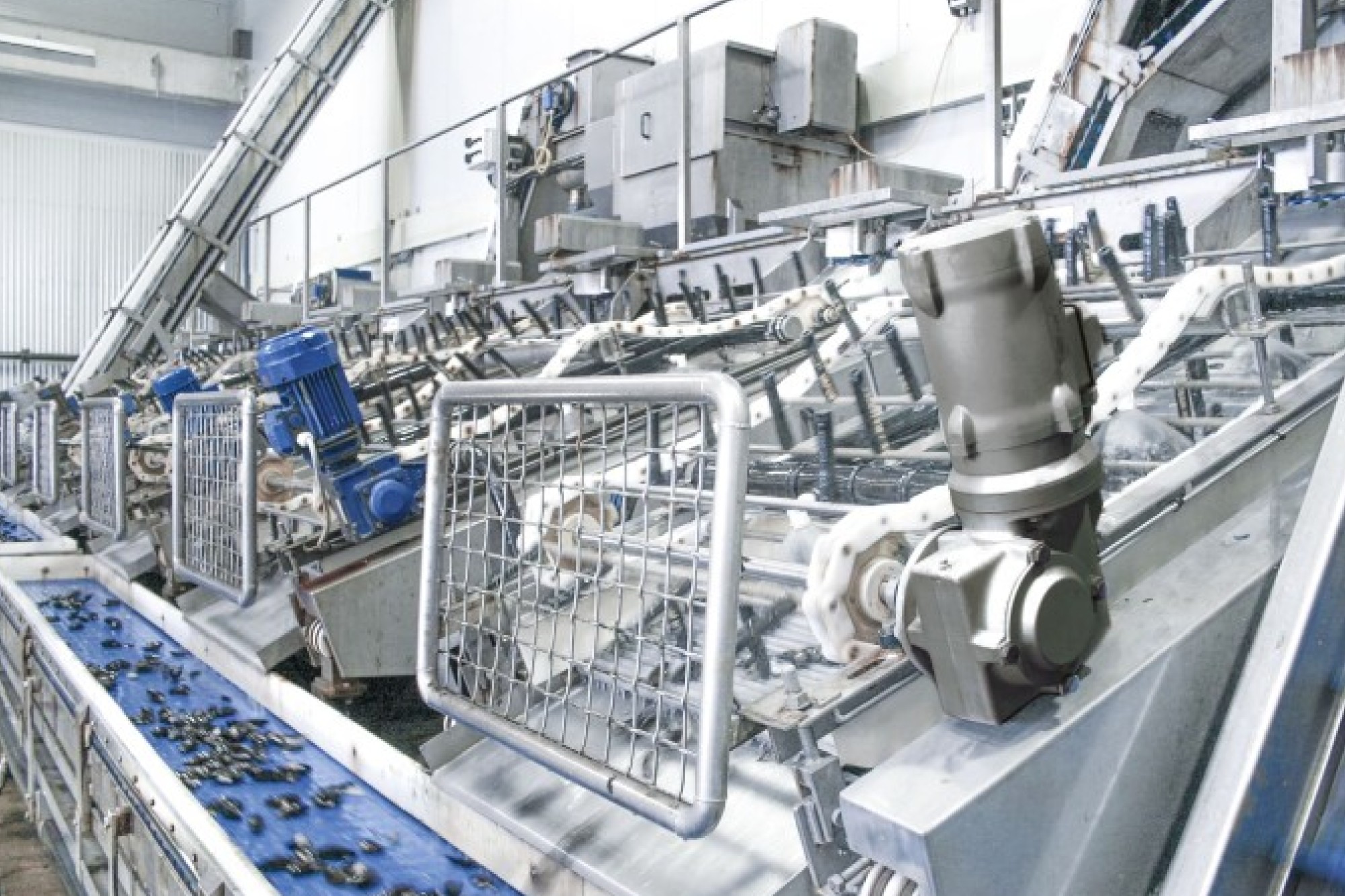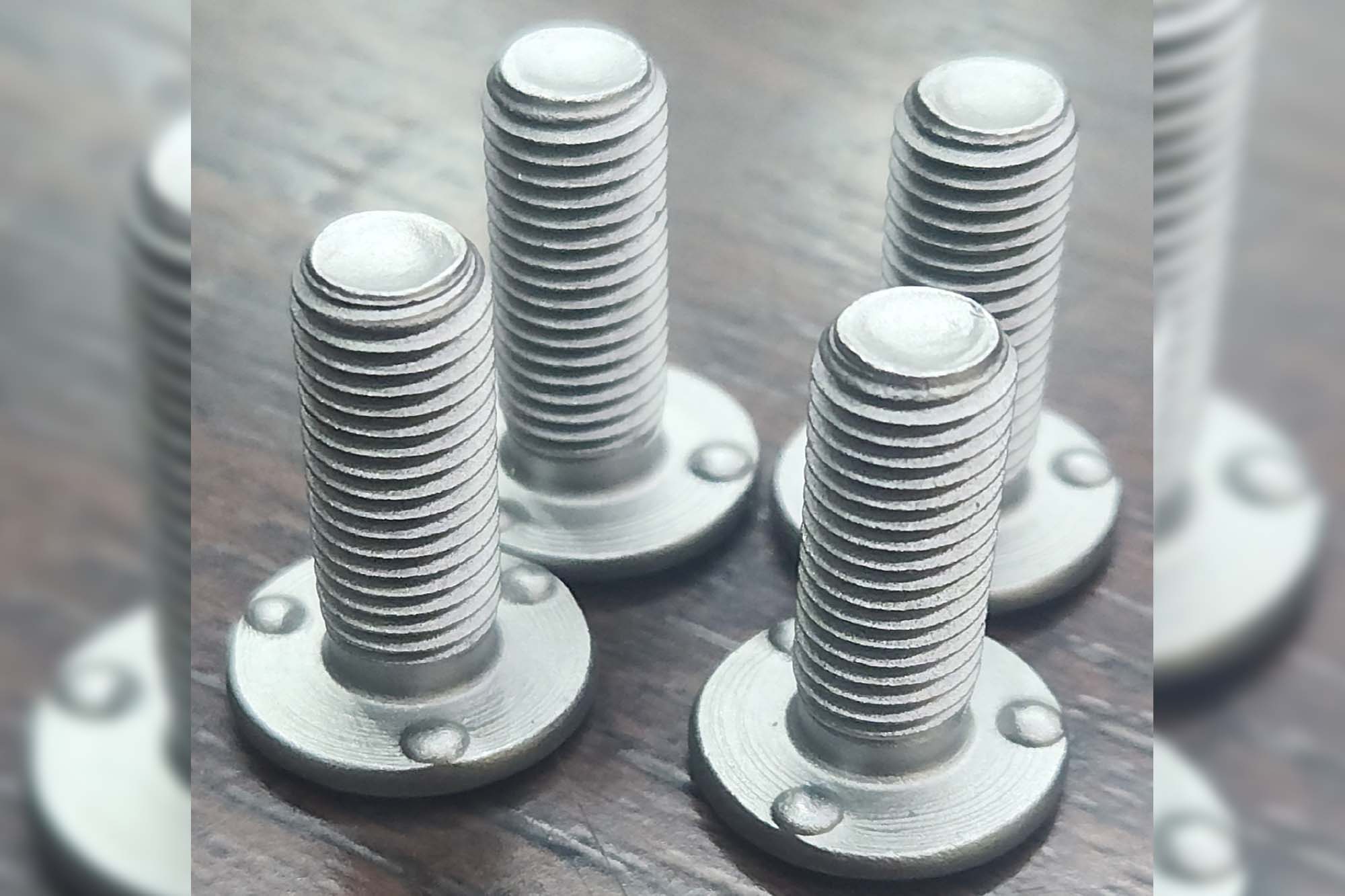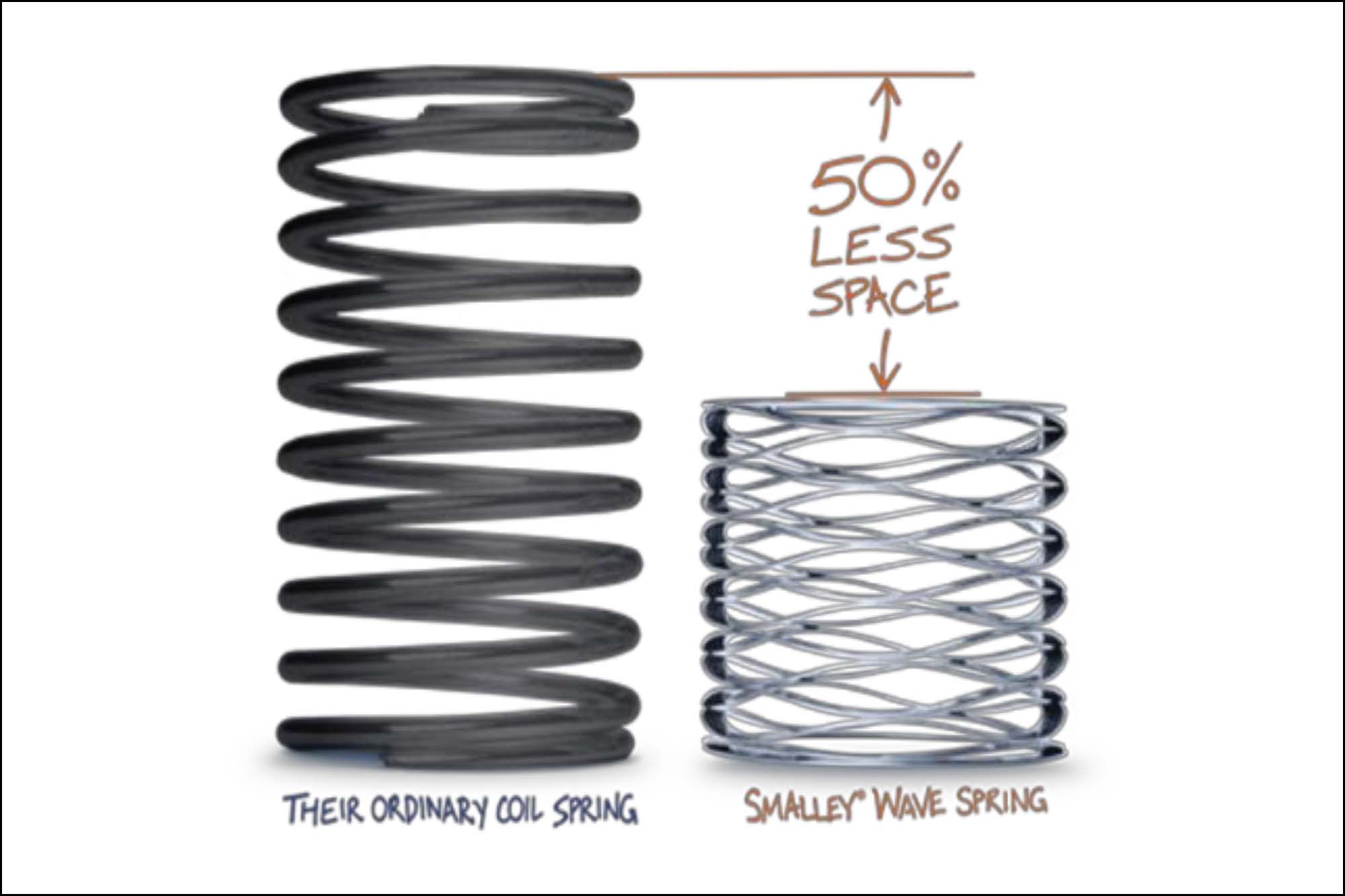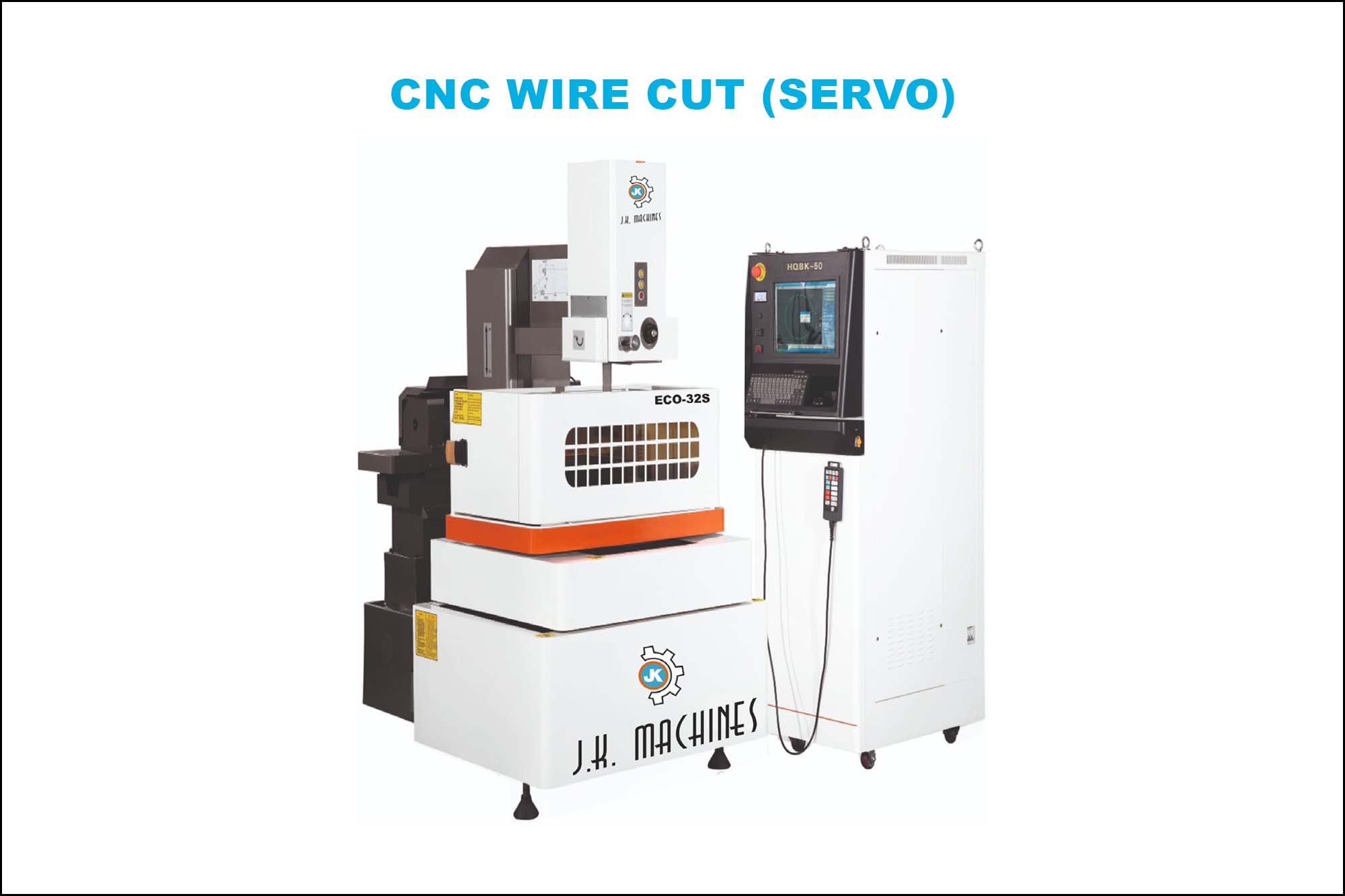Don’t blame automation for cutting manufacturing jobs
By OEM Update Editorial August 14, 2017 3:26 pm IST
An in-depth report on how automation will impact the manufacturing jobs in India.
Today, we are seeing an increased rise in the awareness and requirement of technology by the Indian industry. They are eyeing for best-in-class performance at optimum costs. Manufacturing not only looks at productivity in terms of quantity and quality but also in terms of overall equipment efficiency, energy monitoring, condition monitoring and machine and plant availability. Technology transition times from developed economies have shortened. Aspirational India no longer wishes to project itself as low cost hub, rather wants to be best-in-class and a preferred manufacturing destination. Here we present an analysis on how automation will impact the manufacturing jobs in India.
Foxconn replaces 60,000 factory workers with robots. Raymond to replace 10,000 jobs with robots in next 3 years. Bombardier Transportation cutting up to 2,200 railway jobs in Germany. Such reports from all over the world on impact of increasing automation over the manufacturing jobs are making news for quite some time.
On the contrary, Thomas Angerbauer, the Market Segment Manager for the Foundry division at KUKA Roboter GmbH said, “Our experience as well as national and international scientific studies on this topic show that if, for instance, robots are used in foundries then productivity increases. This makes production operations competitive and companies successful – as well as usually offering more possibilities for employment than before. In addition to this, robots are very safe and therefore particularly suitable for tasks in foundry environments that are too strenuous or dangerous for the human body. By using modern robot systems in various stages of the production process, foundries can prepare themselves for the future and ensure their global competitiveness.”
No longer ‘to have’, but a ‘must-have’ in Indian manufacturing
“In the context of the new industrial revolution, machine and factory builders are turning towards open source architectures and moving away from proprietary solutions to handle the rapid and asynchronous new developments in fields like processors, connectivity, mechatronics, artificial intelligence and enhanced reality. Openness also forms the core of Industry 4.0. Robotics and automation are no longer a good to have, but a ‘must-have’ in Indian manufacturing,” says Ninad Deshpande, Head – Marketing, B&R Industrial Automation Pvt Ltd.
B&R with its innovations, products and technologies is an ideal partner for achieving cost effective, high performance, modular machines and production units. “B&R has been a believer in open source architectures for over a decade. Ethernet Powerlink, the only open source real time deterministic Ethernet communication acts as a backbone for all B&R systems. B&R offers open safety, which is the only field bus independent SIL3 certified safety communication for machines, plant and factory and OPC UA for machine-to-machine and machine to ERP / MES / cloud connectivity. With skilling of work force at the right point, jobs will move up on skill and value scale, thus making our work force ‘I4.0-fit’,” claims Deshpande.
Deshpande explains, “It is not about the robots and humans working as separate entities and in separated environments. With the new industrial revolution, it is more about humans and robots collaborating and working safely together.”
Increases the level of output, reduces high cost of labor
Explaining his view on how automation will impact the manufacturing jobs in India, Mukesh Thakur, Assistant Manager– Sales & Marketing, Finder India Pvt Ltd says “As India along with the other major growing economies around the world are digitalising their workplace, offices and factories by bringing automation in order to increase the level of output, reduce the high cost of labor, and compensating for a limited supply of labor, there is serious concern being raised about the future consequence of ‘technological unemployment’ where the machine is/will replace the human work force. It has been a long debate about the pros and cons.”
According to Sameer Gandhi, MD, OMRON Automation, India, “With the expanse of automation, workers are not going to lose their creative and out-of-the-box talent but only time-consuming, repetitive or potentially unsafe jobs that are best performed by a machine or a robot. OMRON takes the view that by getting machines to do repetitive tasks, man is freed to do more fulfilling and creative work.”
Gandhi adds, “For making smooth deployment of automation without making an adverse impact on the jobs, companies need to establish the right chord between machines and men. This will give rise to need of new skill development, particularly, for the shop floor workers and would lead to their more effective utilisation.”
The ongoing industry conversation around automation in general and robots in particular has always depicted robots as the reason for job loss for the workforce. Gandhi informs, “On the contrary, robots are not living beings but are creation of man itself and they are programmed to do as how we want them to perform. In fact, robots and artificial intelligence are proof of concepts of the harmony and interface between humans and machines. Operating these robots requires a skilled work-force which means an opportunity of job creation, however with better and more advanced skill sets.”
Gandhi concludes with OMRON’s founder Kazuma Tateisi, visionary quote “To the machine, the work of the machine; to man, the thrill of further creation”- this statement, made almost five decades back (1970), make a lot of sense in today’s scenario.”
Cookie Consent
We use cookies to personalize your experience. By continuing to visit this website you agree to our Terms & Conditions, Privacy Policy and Cookie Policy.



